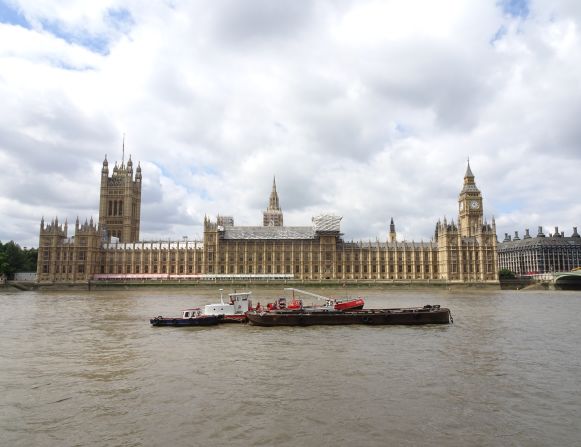
Wide shot: At its widest point, the 24mm lens on the Cyber-shot DSC-HX90V is a great focal length to shoot wide shots. And if you need wider, the camera has a Panorama mode.

Selfie: Smile detect, a three-second self-timer and a 180-degree tilting screen make shooting selfies a snap.

Program mode: It took just under two seconds to start up the camera and shoot in the quick-draw test. However, the results were sharp and well-exposed.

Night cityscape: The automatic night scene shot using the Night Scene mode was impressive. It was possible to handhold the camera to get a sharp background and streaky lights from the passing cars.

Low light: The tests in low-light shooting in Manual weren't that impressive. Lots of digital noise when shot at the ISO 3200 1/25 at f 3.5. To overcome this, there's a Superior Auto mode which captures multiple frames in tricky lighting conditions that can noticeably enhance image quality, but it takes some time for the camera to process each shot.

Silhouette: This produced a well-exposed background, but the camera didn't render the figures in the foreground in enough shadow.

Macro: Automatic Macro mode created a pleasing image with super-sharp detail and a shallow depth of field.

Zoom: With a mind-boggling range of 24-720mm, the Sony produced sharp, non-degraded results in the zoom test of Big Ben.

Portrait: The camera has skin-smoothing effects, but delivers sharpness on key details like eyes.

Portrait enlarged: When cropped, the image retains sharpness with sparkling highlights. This was the only camera that picked up on the subject's glittery eyeshadow.

Baby shot: In Portrait mode with flash turned off, the Sony produced a nice shot -- even if the model didn't look too happy with it.

Unique: This images was created using the camera's Handheld Twilight mode while moving it around. This created a cool light-streak effect.

Sony Cyber-shot DSC-HX90V: This understated, 18-megapixel compact is easy to use and takes surprisingly sharp photos.


